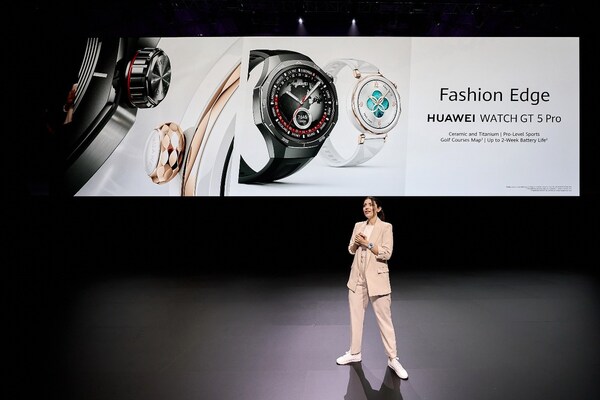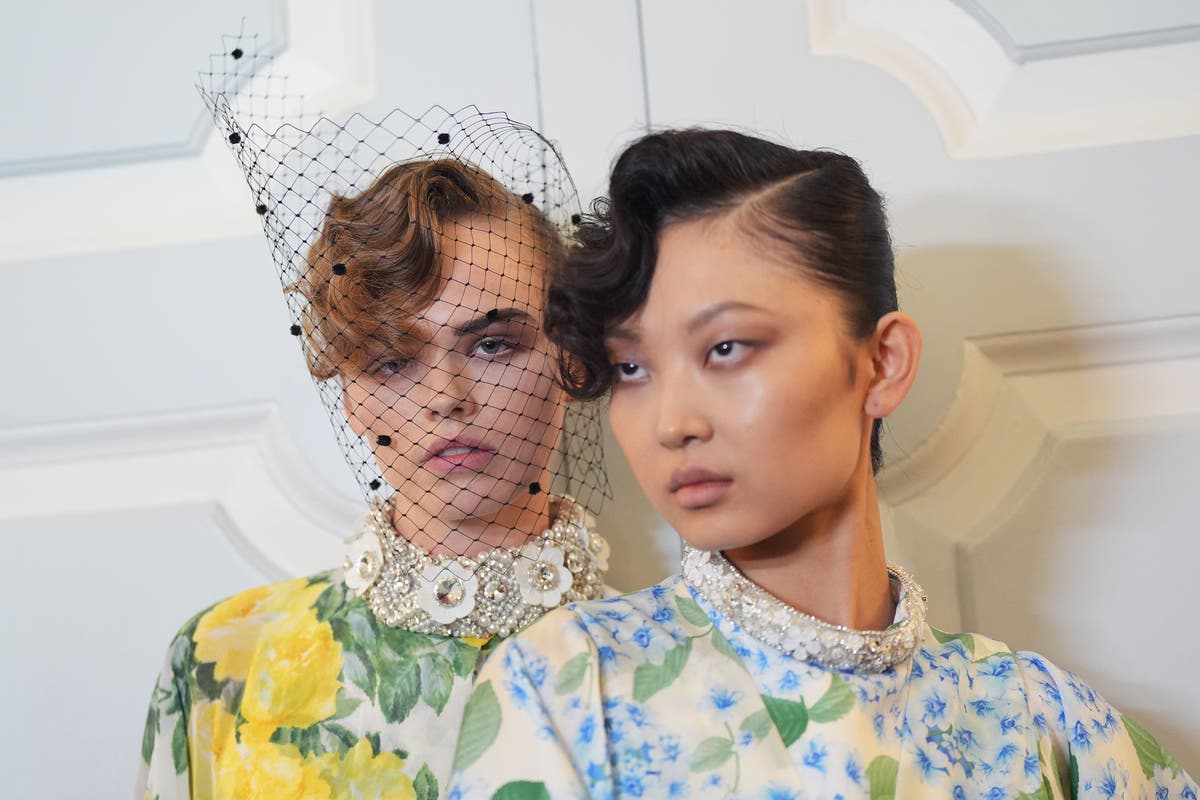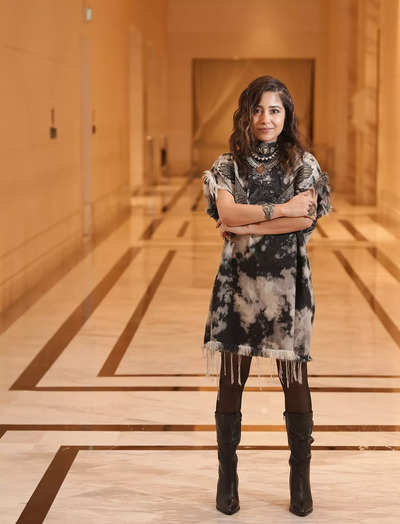When you think about controlling the depth of field, the aperture may instantly come to mind. In its simplest form, this would be correct. However, other factors are at play regarding depth of field.
Knowing these different factors will help you understand and control your depth of field. Manipulating the factors of aperture, distance to subject, and focal length and how they affect depth of field will allow you to master this critical skill of creating stunning images, whether portraits or landscapes. First, you must understand depth of field.

In its simplest form, depth of field is the distance between the nearest and furthest objects that appear acceptably sharp in the image. Easy, right? Suppose you have ever talked to another photographer or anyone remotely interested in photography. In that case, you will hear them talk about aperture and f-stop and, more than likely, interchange the two during a conversation.
I also fall into this trap when explaining depth of field and that there is a difference. What's the difference? The aperture is the adjustable opening in a lens, and its size is measured by the f-stop number. Now that we know the difference between aperture and f-stop, we can explore what you can achieve with various f-stops.
Knowing that the f-stop is the size of our lens's aperture will help us better understand the difference between a shallow depth of field and a deep depth of field. You may have heard the terms shallow depth of field and deep depth of field. What do they mean, and how do we achieve these results? A shallow depth of field has a blurry background, and a deep depth of field has everything in focus, from the foreground to the background of your image.
Everyone wants a nice out-of-focus background in a portrait or macro image. To achieve these results, you will need a lens with a small f-stop (large opening) between f/1.4 and f/5.
6. Using a small f-stop number will do two things. First, you will achieve that blurry background or bokeh in your image, separating your subject from the background.
Second, it will allow more light to pass through your lens onto your camera's sensor. We constantly strive for a shallow depth of field and forget about trying to achieve a deep depth of field in our image. You will choose an F-stop of f/5.
6 or greater, allowing for a greater depth of field(small opening) and achieving more of your image in focus. Usually, you would choose a deep depth of field for a landscape image or where you want more of the background in focus. Achieving an accurate focus is critical when it comes to depth of field.
When focusing, you will want to focus on your subject. This will ensure that your subject is in focus, and your choice of f-stop will determine how much of your subject is in focus. The closer your subject is to your camera, the shallower the depth of field will be.
If you back off your camera from your subject, you will get a deeper depth of depth in the field. When leaving your aperture the same, this will still occur. I have been asked why their background is not blurry, but I use an aperture of .
The first question I ask is, “How far was your subject from the background?” The usual reply is, “Only a few feet.” Another thing to remember is that the closer your subject is to the background, the less your background will be blurred. I prefer to have the subject at a minimum of 6 feet from my background for a portrait, if possible.
Even the focal length of your lens will affect your depth of field. If you choose a 200mm lens, you can get some serious bokeh (blur) action. When photographing portraits, I love to use my to produce a shallow depth of field.
If we jump to the other end and choose a focal length of on a , this will make an image that is sharp from foreground to background, even with an aperture of f/3.5. You would likely need an aperture of f/16 to achieve the same depth of field.
Sometimes, I am in the field, and I would prefer an extremely shallow depth of field for a flower. I will use my , use a focal length of the lens at 200mm, and then get as close as my lens will focus, or its minimum focusing distance (3.28 ft).
This will allow me to achieve an extremely shallow depth of field because I moved close to my subject and used a focal length of 200mm. I often get the question, “What aperture do I need?” I always respond with, It depends. The first thing I think of is what I want to achieve in the photograph I am creating.
Here are a few things I take into consideration when choosing your f-stop. Consider your subject. If you create a portrait, you can use a lower f-stop (e.
g., f/1.8) to give a nice bokeh in the background.
This will separate your subject from the background. If you're a natural light photographer, you may have your subject in a preferred lighting scenario. The background in that location might not be great, so you can blur the background to make a distracting background more aesthetic.
It will also allow your subject to stand out! If you are shooting a landscape, you may want to use a larger f-stop (e.g., f/16) to increase your depth of field.
This will give more focus from the foreground to the background. Occasionally, you may be in a situation where the light is low, and need more light to enter your lens. This will allow you to gain a faster shutter speed when combined with ISO.
On the other hand, the image may be too bright (overexposed), and using an f-stop like f/16 reduces the amount of light entering the camera. There is no right or wrong answer when choosing an aperture. Are there best choices? Yes! You have heard the old saying, think outside of the box.
I tell students to think like there is no box. This is because if our box is still there, we tend to go back to the box, restricting our thought process on keeping an open mind. This will allow us to go back to our old ways! Experiment and see what combinations of different f-stops can do for your photograph! In the end, knowing the depth of field is affected by more than just the aperture in your lens.
When you know the focal length, the distance to the subject also plays a big role in the result of your image. You can start making educated decisions in image-making, resulting in less frustration. When you know how to diagnose the problem, you know how to fix it.
Depth of field doesn’t have to be a challenging issue, and in the end, if you keep a few things in mind, depth of field will be another thing you can quickly master! Justin Tedford, a Midwest photographer, captures the essence of rural America along Iowa's backroads. He's a road trip junkie, enjoys exploring national parks, and savors a good cup of coffee while focusing on showcasing the beauty of the rural American landscapes..



















